Home>Construction & Tools>Building Materials>What Is Facing Brick
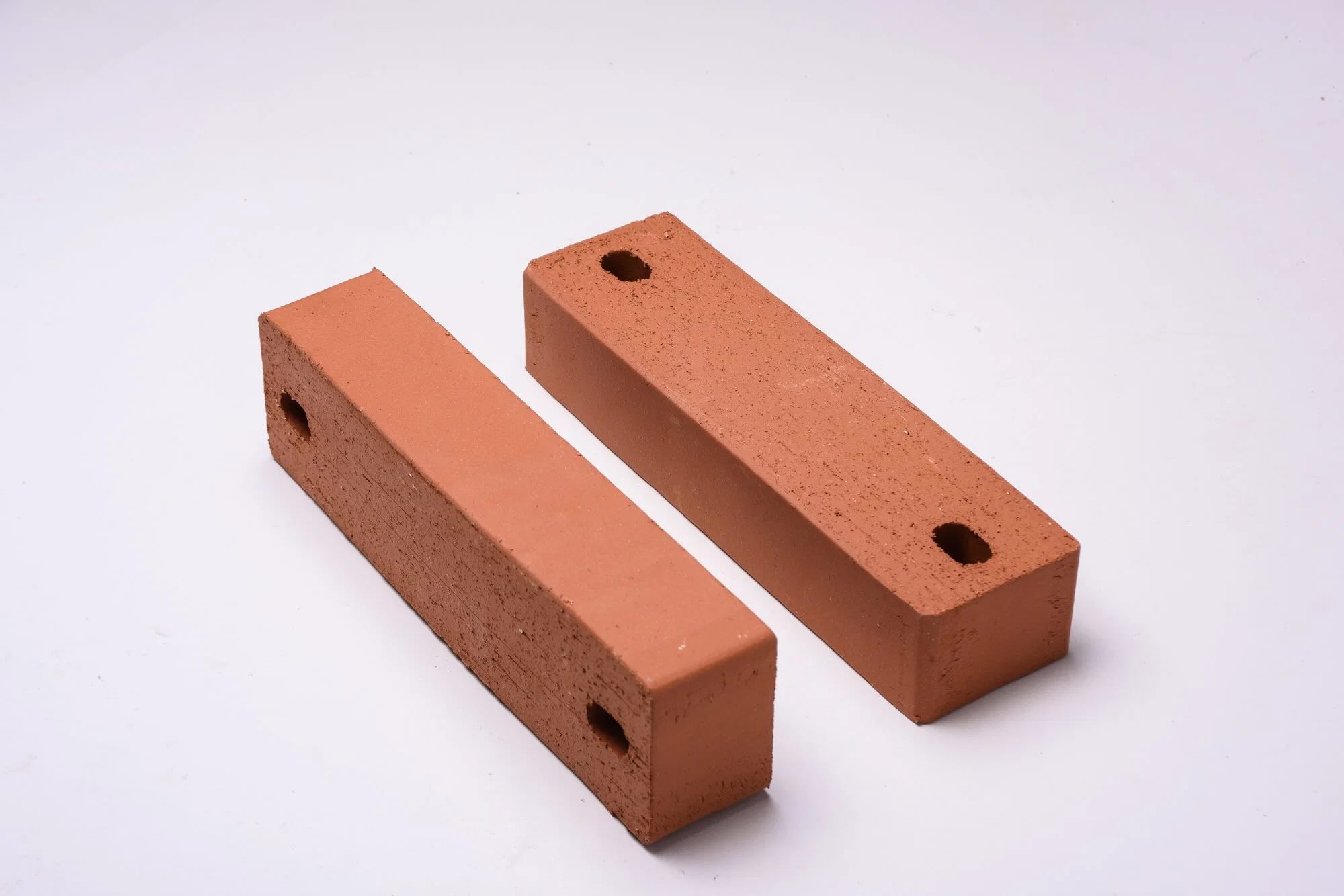

Building Materials
What Is Facing Brick
Modified: February 18, 2024
Discover the benefits of using facing brick as a durable and versatile building material. Learn about its aesthetic appeal and practical applications. Choose facing brick for your next construction project.
(Many of the links in this article redirect to a specific reviewed product. Your purchase of these products through affiliate links helps to generate commission for Storables.com, at no extra cost. Learn more)
Introduction
Read more: What Is Facing In Construction
Introduction
Welcome to the world of facing bricks, where aesthetics meet functionality in the realm of construction materials. Facing bricks are a fundamental component of architectural design, offering a timeless appeal and structural integrity that has stood the test of time. These bricks are more than just building blocks; they are the face of a structure, defining its character and charm.
In the following sections, we will delve into the essence of facing bricks, exploring their definition, types, advantages, disadvantages, common uses, and maintenance. By the end of this journey, you will have a comprehensive understanding of facing bricks and their pivotal role in the construction industry.
Let's embark on this exploration of facing bricks, uncovering the beauty and resilience that lie within these essential building materials.
Key Takeaways:
- Facing bricks are durable, weather-resistant, and come in various colors and styles, making them a versatile choice for enhancing the visual appeal and structural integrity of buildings.
- While facing bricks offer aesthetic versatility and low maintenance, they may require skilled installation, entail higher initial costs, and have limitations in design flexibility.
Definition of Facing Brick
At the heart of architectural design and construction, facing bricks play a crucial role in shaping the visual appeal and structural integrity of buildings. Defined by their refined finish and durability, facing bricks are specifically crafted for external use, providing an attractive facade that withstands the elements.
These bricks are meticulously manufactured to meet stringent quality standards, ensuring uniformity in size, shape, and color. Unlike common bricks used for internal walls and structural purposes, facing bricks are designed to be on display, making them a focal point of architectural expression.
Characterized by their smooth, textured, or glazed surfaces, facing bricks come in an array of colors and styles, offering architects and builders a versatile palette to work with. From traditional red and earthy tones to contemporary greys and whites, facing bricks cater to diverse design preferences, enabling the creation of visually captivating structures.
The composition of facing bricks typically involves high-quality clay or shale, which is fired at elevated temperatures to enhance strength and durability. This meticulous production process results in bricks that are resilient against weathering, ensuring long-lasting beauty and protection for buildings.
Furthermore, facing bricks are engineered to resist fading, erosion, and staining, maintaining their allure over time. Their ability to endure harsh environmental conditions, including moisture, UV exposure, and temperature fluctuations, makes them a reliable choice for exterior cladding.
Whether used in contemporary architectural masterpieces or heritage restoration projects, facing bricks embody the perfect amalgamation of form and function. They not only elevate the visual aesthetics of buildings but also contribute to their structural robustness, making them an indispensable element in the construction landscape.
As we unravel the myriad facets of facing bricks, it becomes evident that these building materials are more than mere components; they are the embodiment of craftsmanship, endurance, and architectural finesse.
Types of Facing Bricks
Facing bricks encompass a diverse spectrum of styles, textures, and finishes, offering architects and builders an extensive array of options to bring their design visions to life. Each type of facing brick exudes its own distinct charm, contributing to the overall aesthetic appeal of a structure. Let’s explore some of the most prevalent types of facing bricks:
1. Common Facing Bricks
These bricks, also known as standard facing bricks, are characterized by their traditional appearance and are widely used in both residential and commercial construction. They are available in various colors, including classic red, brown, and grey tones, and feature a smooth or slightly textured finish.
Read more: What Is Face Frame Cabinet
2. Engineering Bricks
Engineered for exceptional strength and durability, engineering bricks are a popular choice for applications that demand robustness, such as heavy-duty load-bearing walls and areas prone to high moisture levels. Their dense composition and low water absorption make them ideal for withstanding harsh environmental conditions.
3. Waterstruck Bricks
Waterstruck bricks are crafted using a unique manufacturing process that involves minimal mechanical handling. This results in bricks with a distinctive texture, showcasing natural, irregular indentations and a rustic appeal. Their individuality adds a touch of character to building facades.
4. Wirecut Bricks
Wirecut bricks are precision-cut during production, yielding sharp, clean edges and a uniform appearance. These bricks are favored for their modern, sleek aesthetic and are often utilized in contemporary architectural designs that prioritize clean lines and a polished finish.
5. Glazed Bricks
Known for their glossy, ceramic-like surface, glazed bricks introduce a captivating visual element to building exteriors. They are available in an assortment of vibrant colors and are prized for their ability to infuse architectural designs with a pop of vibrancy and sophistication.
These are just a few examples of the diverse range of facing bricks that cater to varying design preferences and construction requirements. Each type brings its own unique allure to architectural compositions, contributing to the rich tapestry of building exteriors.
Read more: What Is Carpet Face Weight
Advantages of Facing Bricks
Facing bricks offer a multitude of benefits that make them a preferred choice for architects, builders, and property owners seeking enduring beauty and structural reliability. Their advantages extend beyond visual appeal, encompassing practical and sustainable attributes that enhance the overall quality of buildings. Here are some key advantages of facing bricks:
1. Aesthetic Versatility
Facing bricks are available in a wide range of colors, textures, and finishes, allowing for diverse design possibilities. Whether creating a traditional facade with warm, earthy tones or a contemporary exterior with sleek, monochromatic bricks, the versatility of facing bricks enables architects to realize their creative visions.
2. Durability and Weather Resistance
Engineered to withstand the rigors of the environment, facing bricks exhibit exceptional durability and weather resistance. They are impervious to fading, corrosion, and erosion, ensuring that the visual allure of buildings remains intact over the years, even in challenging climates.
3. Low Maintenance
Once installed, facing bricks demand minimal maintenance, contributing to long-term cost savings. Their robust composition and resistance to staining and discoloration reduce the need for frequent cleaning or repairs, allowing property owners to enjoy enduring aesthetic appeal with minimal upkeep.
Read more: What Does Face Steamer Do
4. Thermal Insulation
Facing bricks contribute to the thermal performance of buildings, helping to regulate indoor temperatures and enhance energy efficiency. Their inherent insulating properties assist in maintaining comfortable interior environments, reducing reliance on heating and cooling systems.
5. Fire Resistance
Bricks are inherently fire-resistant, offering an added layer of safety to buildings. Facing bricks provide a protective barrier against the spread of fires, enhancing the overall resilience of structures and promoting occupant safety.
6. Sustainable Choice
With a long lifespan and minimal environmental impact, facing bricks align with sustainable building practices. Their natural composition, durability, and recyclability make them an eco-friendly option for construction, contributing to green building initiatives and reducing the carbon footprint of buildings.
These advantages collectively position facing bricks as a premier choice for exterior cladding, enriching buildings with enduring beauty, structural integrity, and sustainable performance.
Disadvantages of Facing Bricks
While facing bricks offer a host of benefits, it’s important to consider potential drawbacks associated with their use in construction. Understanding the limitations of facing bricks can inform thoughtful decision-making in architectural and building projects. Here are some disadvantages to consider:
Read more: What Is A Brick
1. Installation Expertise
Proper installation of facing bricks requires skilled craftsmanship to ensure structural integrity and aesthetic precision. Inexperienced or inadequately trained installers may compromise the quality of the cladding, leading to issues such as uneven surfaces or inadequate weatherproofing.
2. Cost Considerations
Compared to alternative cladding materials, facing bricks can entail higher initial costs, including procurement and installation expenses. While their long-term durability and low maintenance mitigate overall lifecycle costs, the upfront investment may present a financial challenge for some projects.
3. Weight and Load-Bearing Requirements
Facing bricks contribute to the overall weight of a building, necessitating careful consideration of load-bearing capacity and structural support. In certain cases, additional reinforcement or modifications may be needed to accommodate the weight of facing brick cladding, adding complexity to construction planning.
4. Limited Design Flexibility
While facing bricks offer a diverse range of styles, colors, and textures, their application may pose constraints on intricate design elements. Achieving complex architectural features or non-standard shapes with facing bricks can be challenging, potentially requiring alternative materials for specific design requirements.
Read more: What Way Should Blinds Face
5. Maintenance of Mortar Joints
The mortar joints between facing bricks are susceptible to weathering and degradation over time, necessitating periodic maintenance and repointing. Ensuring the integrity of mortar joints is essential for preserving the structural stability and aesthetic appeal of facing brick cladding.
6. Limited Insulation Value
While facing bricks offer some degree of thermal insulation, their insulating properties may be less effective compared to specialized insulation materials. This can impact the overall energy efficiency of buildings, particularly in regions with extreme climate conditions.
By acknowledging these potential disadvantages, stakeholders can make informed decisions regarding the incorporation of facing bricks in construction projects, weighing their benefits against these considerations to achieve optimal outcomes.
Common Uses of Facing Bricks
Facing bricks find versatile applications in architectural and construction endeavors, enriching buildings with enduring charm, structural integrity, and aesthetic appeal. Their adaptability and resilience make them a favored choice for a wide array of uses across diverse building typologies. Here are some common applications of facing bricks:
1. Residential Construction
In residential architecture, facing bricks adorn the exteriors of homes, townhouses, and apartment buildings, imparting a sense of warmth and character to the facades. Whether employed in traditional or contemporary designs, facing bricks elevate the visual allure of residential properties, creating inviting and enduring impressions.
Read more: What Is Faced Insulation Vs Unfaced
2. Commercial Buildings
From retail establishments to office complexes, facing bricks embellish the exteriors of commercial structures, establishing a distinguished presence and fostering a professional aesthetic. Their durability and timeless appeal make them an ideal choice for showcasing corporate identity and enhancing the curb appeal of commercial properties.
3. Educational Institutions
Schools, colleges, and university buildings often feature facing brick cladding, exuding an air of permanence and architectural sophistication. The enduring nature of facing bricks aligns with the longevity and prestige associated with educational institutions, contributing to inspiring learning environments.
4. Cultural and Civic Facilities
Cultural venues, museums, libraries, and government buildings frequently incorporate facing bricks into their exteriors, symbolizing solidity, heritage, and civic pride. These bricks contribute to the grandeur and timelessness of cultural and civic landmarks, fostering a sense of reverence and significance.
5. Urban Redevelopment Projects
In urban revitalization initiatives, facing bricks play a pivotal role in rejuvenating neighborhoods and reinvigorating architectural landscapes. Their capacity to harmonize with historical contexts while accommodating contemporary design sensibilities makes them a valuable asset in urban redevelopment endeavors.
Read more: What Is A Brick Paver
6. Sustainable Construction
As sustainability gains prominence in the construction industry, facing bricks are embraced for their eco-friendly attributes. Their natural composition, durability, and recyclability align with green building initiatives, contributing to sustainable construction practices and environmentally conscious architectural solutions.
From residential enclaves to iconic landmarks, facing bricks enrich the built environment with enduring beauty, structural resilience, and architectural distinction, making them a cornerstone of construction and design excellence.
Maintenance of Facing Bricks
Ensuring the longevity and visual appeal of facing bricks involves proactive maintenance practices that preserve their structural integrity and aesthetic allure. By implementing regular care and upkeep, property owners can safeguard the enduring beauty of their buildings. Here are essential maintenance considerations for facing bricks:
1. Cleaning and Stain Removal
Periodic cleaning of facing bricks is essential to remove dirt, grime, and environmental residues that can detract from their appearance. Gentle pressure washing or manual scrubbing with mild detergent solutions can effectively eliminate surface stains and revitalizing the bricks’ luster.
2. Repointing Mortar Joints
Over time, the mortar joints between facing bricks may degrade due to weathering and natural wear. Repointing, or renewing these joints, is crucial to maintain the structural stability of the cladding and prevent moisture infiltration, preserving the integrity of the entire facade.
Read more: What Is Repointing Brick
3. Sealing and Waterproofing
Applying sealants and waterproofing treatments to facing bricks can enhance their resistance to moisture penetration, minimizing the risk of efflorescence, mold, and water damage. These protective measures contribute to the long-term durability and weather resistance of the cladding.
4. Inspection and Repair
Regular inspections of facing bricks allow for the early detection of cracks, chips, or other signs of damage. Prompt repair of any imperfections ensures that the cladding remains structurally sound and visually appealing, preventing minor issues from escalating into more extensive damage.
5. Preservation of Color and Finish
To retain the vibrancy and consistency of facing brick colors and finishes, it’s important to shield them from prolonged exposure to harsh sunlight and environmental pollutants. Implementing shading solutions and protective coatings can help preserve the aesthetic integrity of the cladding.
6. Professional Consultation
When in doubt about maintenance strategies or facing brick care, consulting with experienced professionals, such as masons or building maintenance experts, can provide valuable insights and guidance tailored to the specific needs of the cladding.
By adhering to a proactive maintenance regimen and addressing the unique requirements of facing bricks, property owners can uphold the enduring allure and structural resilience of these essential building materials, ensuring that they continue to enrich the architectural landscape for years to come.
Read more: What Is A Brick Slip
Conclusion
The enduring allure and structural fortitude of facing bricks have solidified their status as indispensable components in the realm of architectural design and construction. From their diverse array of types and finishes to their myriad applications across residential, commercial, and civic domains, facing bricks stand as a testament to the seamless fusion of aesthetic elegance and enduring functionality.
Embracing facing bricks in architectural compositions not only elevates the visual appeal of buildings but also reinforces their resilience against the elements, contributing to sustainable, enduring structures that resonate with timeless charm.
As we navigate the intricacies of facing bricks, from their advantages and disadvantages to their maintenance requirements, it becomes evident that these building materials embody a harmonious blend of tradition and innovation, offering architects and builders a versatile canvas for creative expression and structural dependability.
The enduring allure and structural fortitude of facing bricks have solidified their status as indispensable components in the realm of architectural design and construction. From their diverse array of types and finishes to their myriad applications across residential, commercial, and civic domains, facing bricks stand as a testament to the seamless fusion of aesthetic elegance and enduring functionality.
Embracing facing bricks in architectural compositions not only elevates the visual appeal of buildings but also reinforces their resilience against the elements, contributing to sustainable, enduring structures that resonate with timeless charm.
As we navigate the intricacies of facing bricks, from their advantages and disadvantages to their maintenance requirements, it becomes evident that these building materials embody a harmonious blend of tradition and innovation, offering architects and builders a versatile canvas for creative expression and structural dependability.
Ultimately, facing bricks serve as the enduring face of architecture, encapsulating the essence of craftsmanship, durability, and aesthetic finesse. Their timeless appeal and steadfast performance ensure that they will continue to adorn buildings with enduring beauty and structural integrity, standing as a testament to the enduring legacy of architectural excellence.
Frequently Asked Questions about What Is Facing Brick
Was this page helpful?
At Storables.com, we guarantee accurate and reliable information. Our content, validated by Expert Board Contributors, is crafted following stringent Editorial Policies. We're committed to providing you with well-researched, expert-backed insights for all your informational needs.
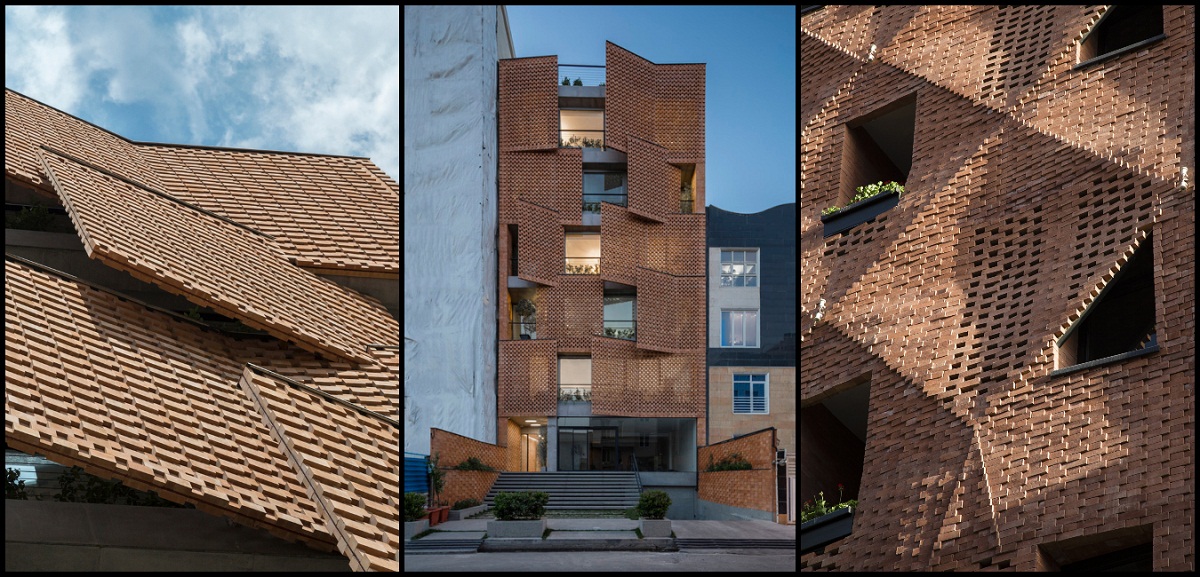
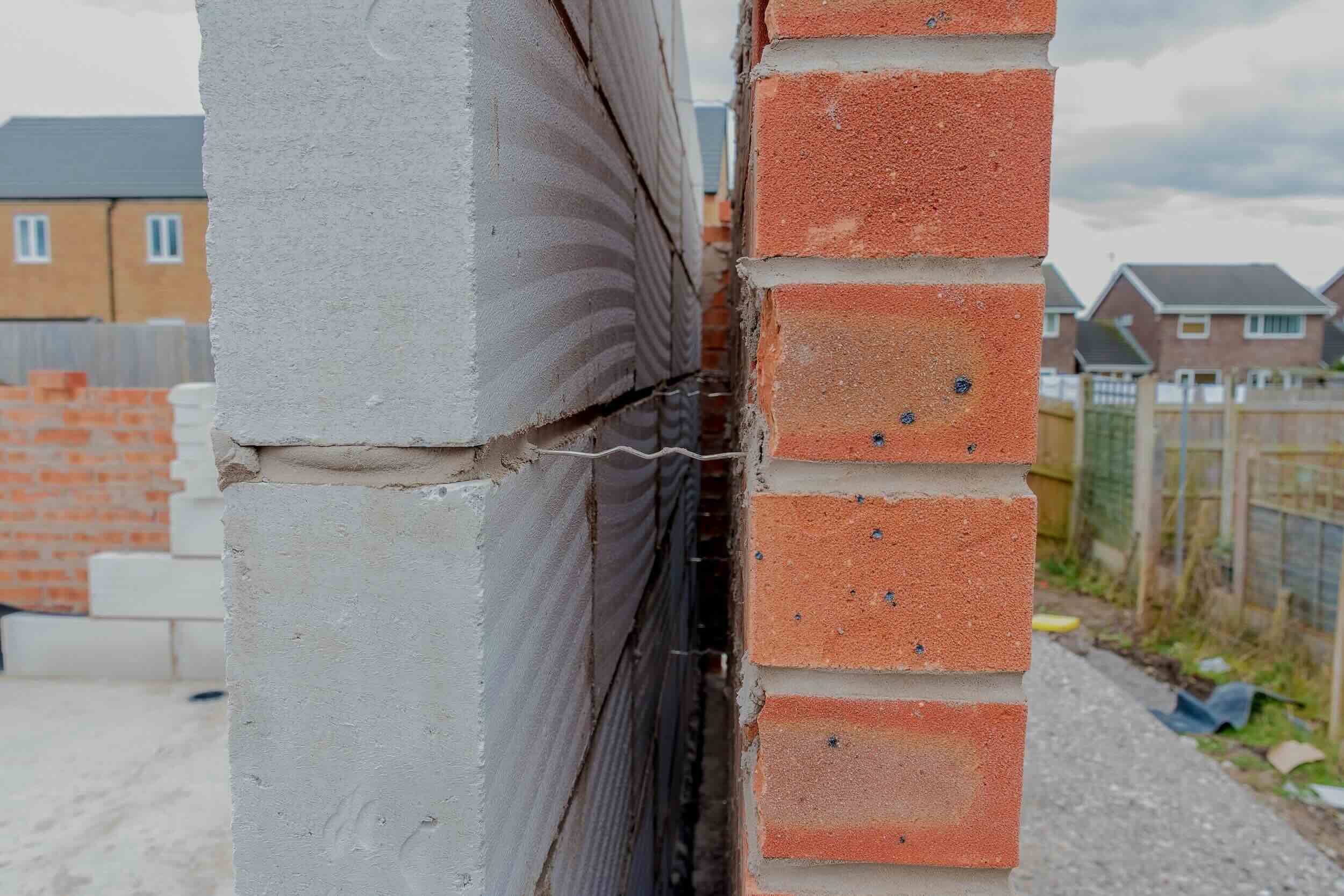
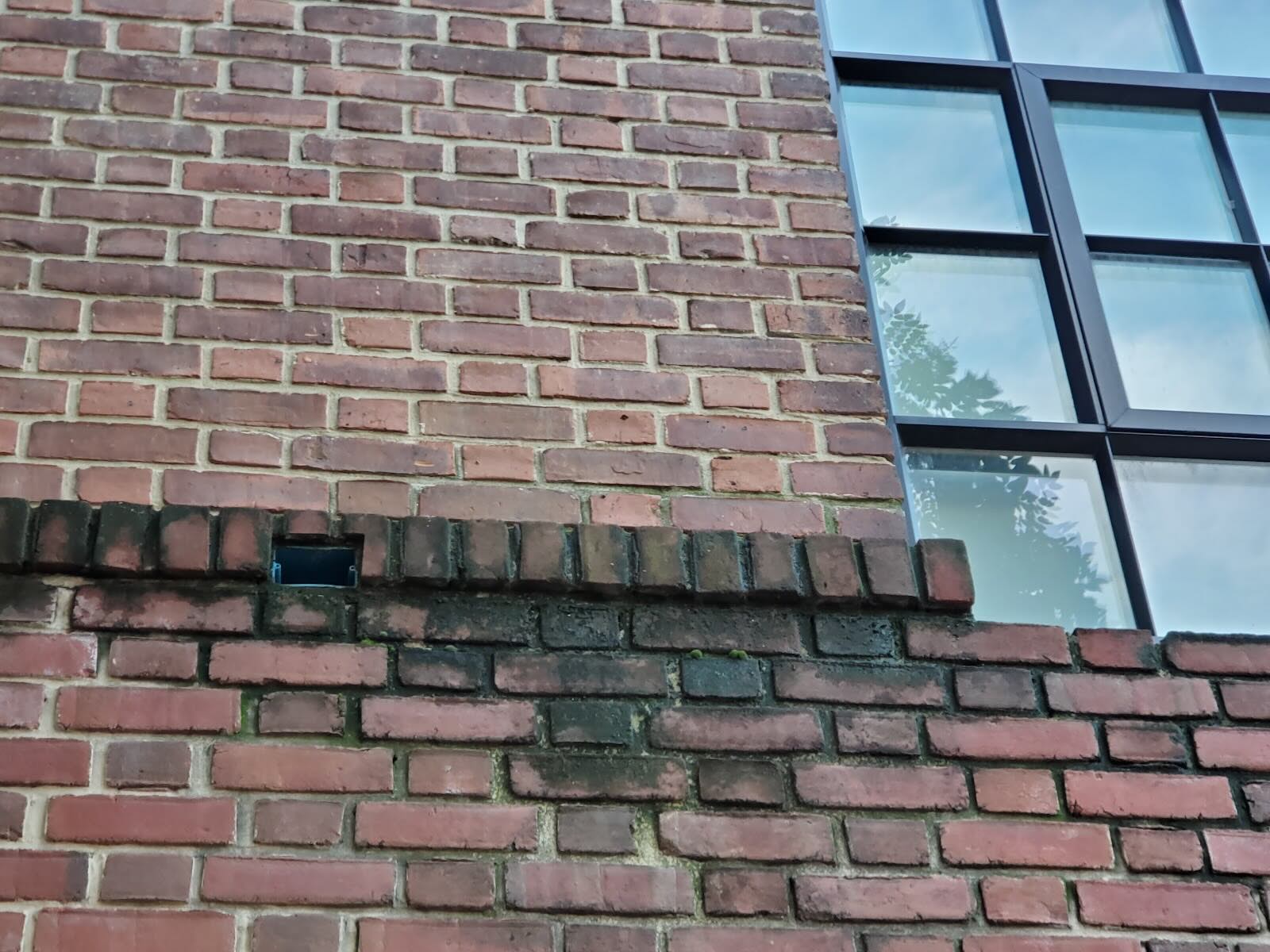
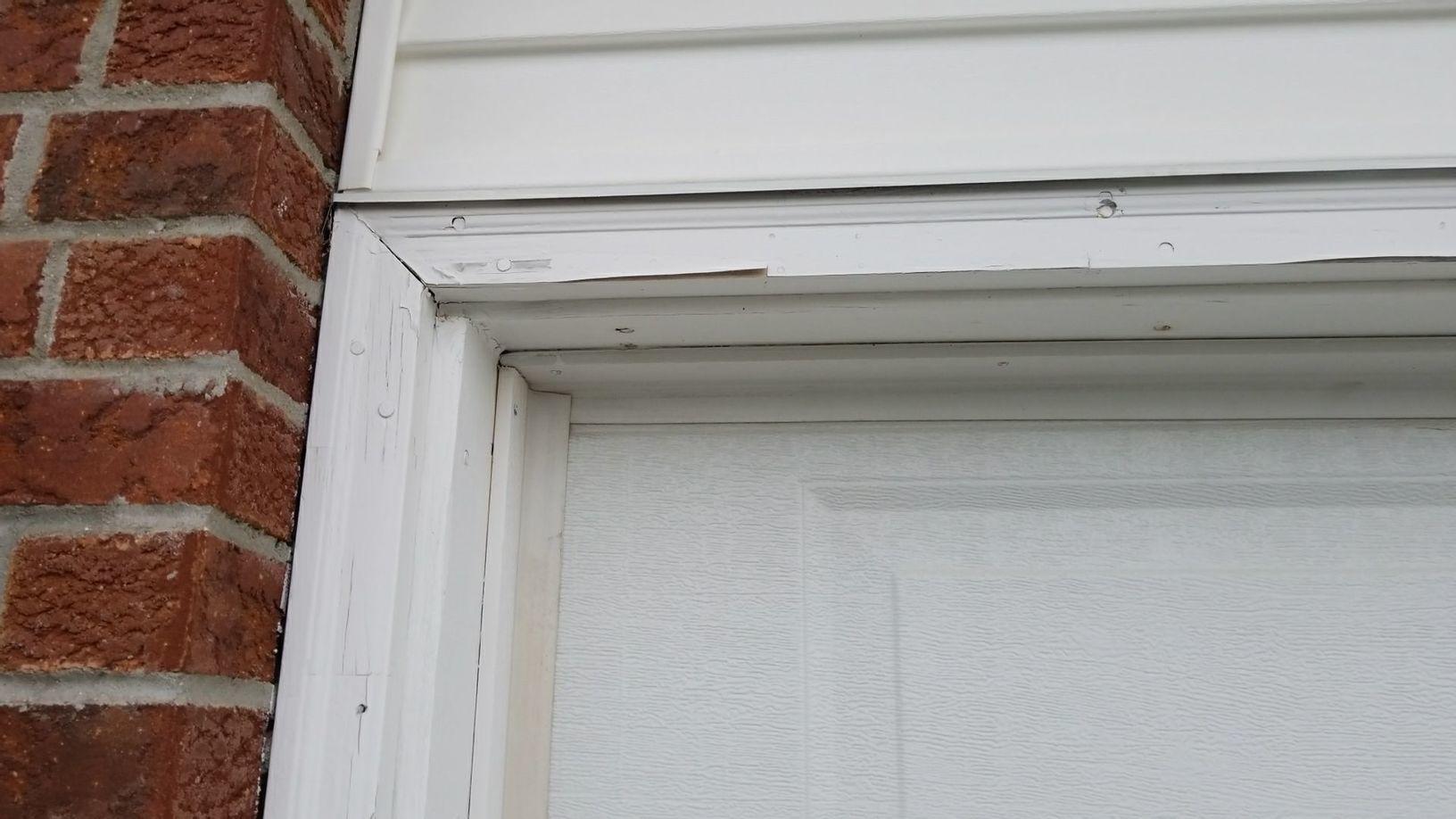
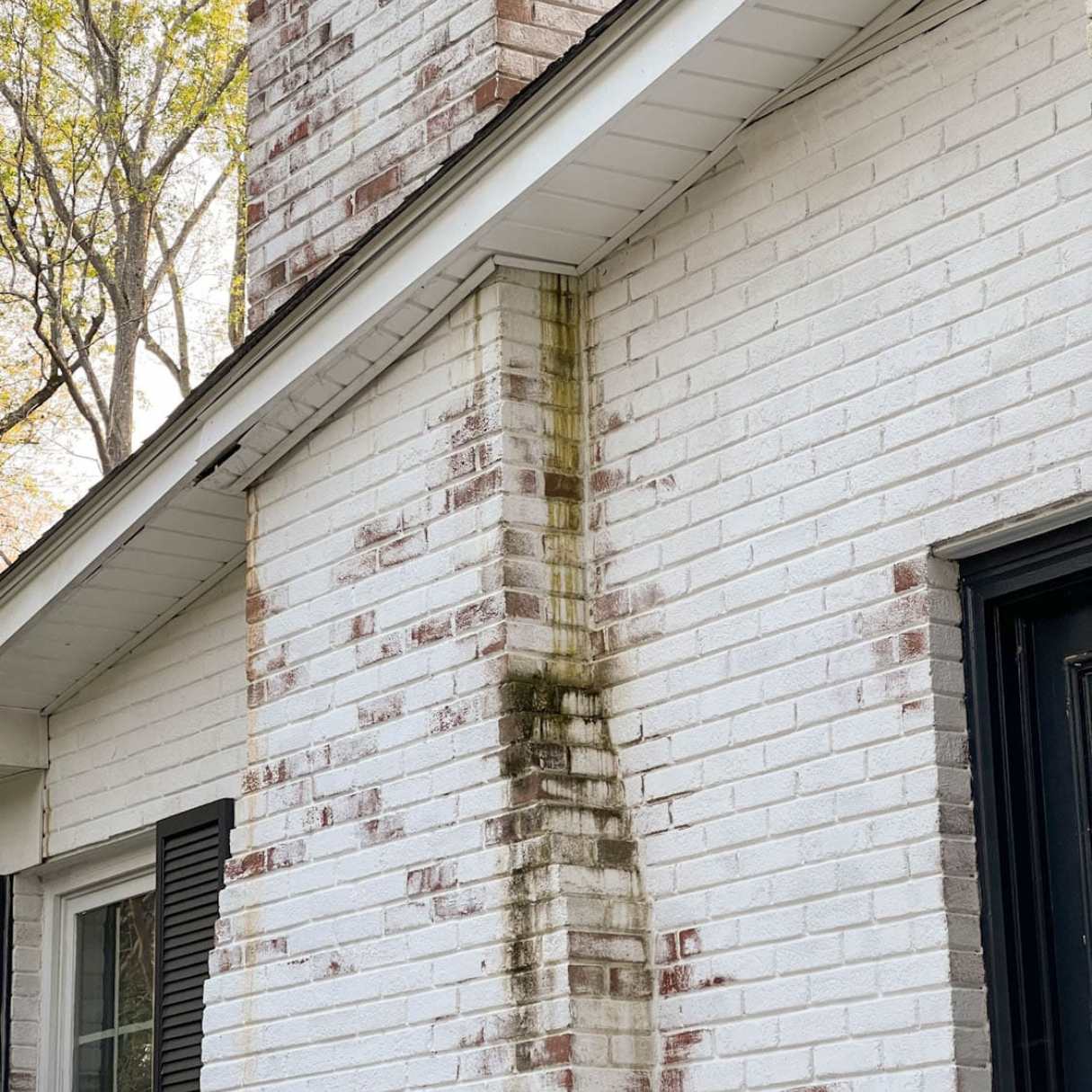
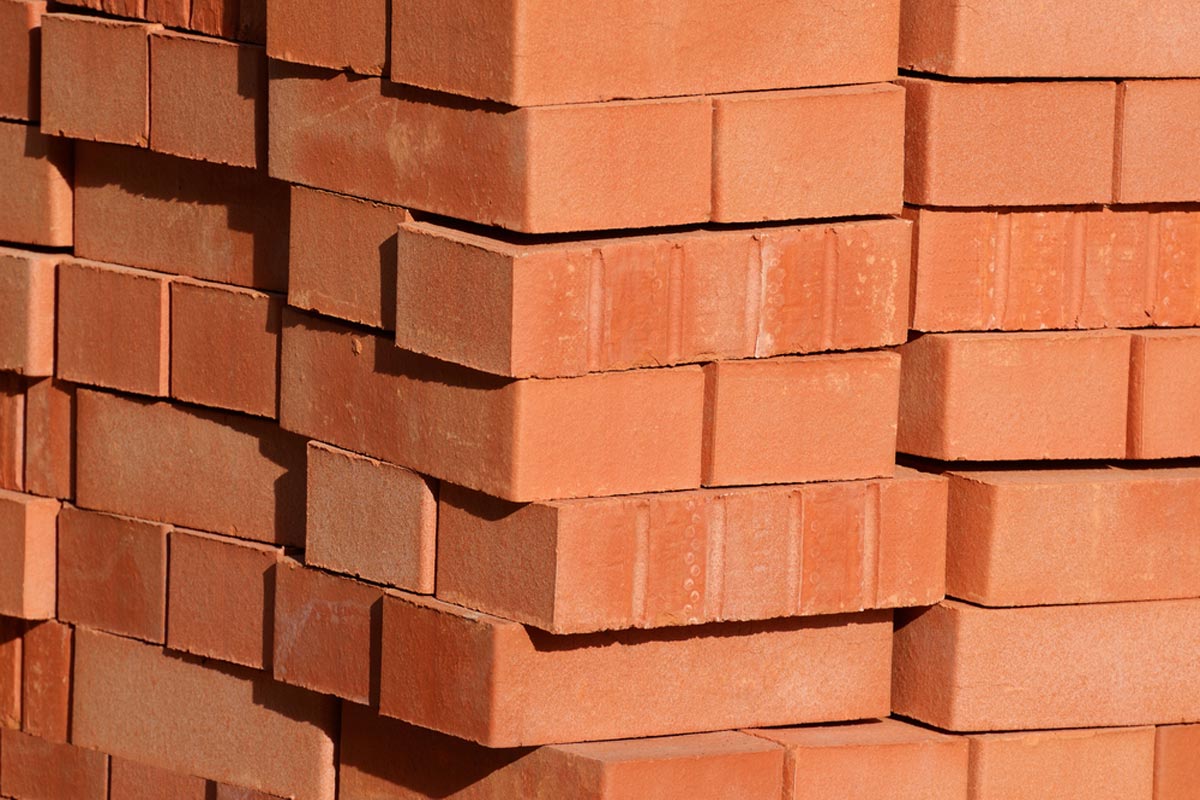

0 thoughts on “What Is Facing Brick”